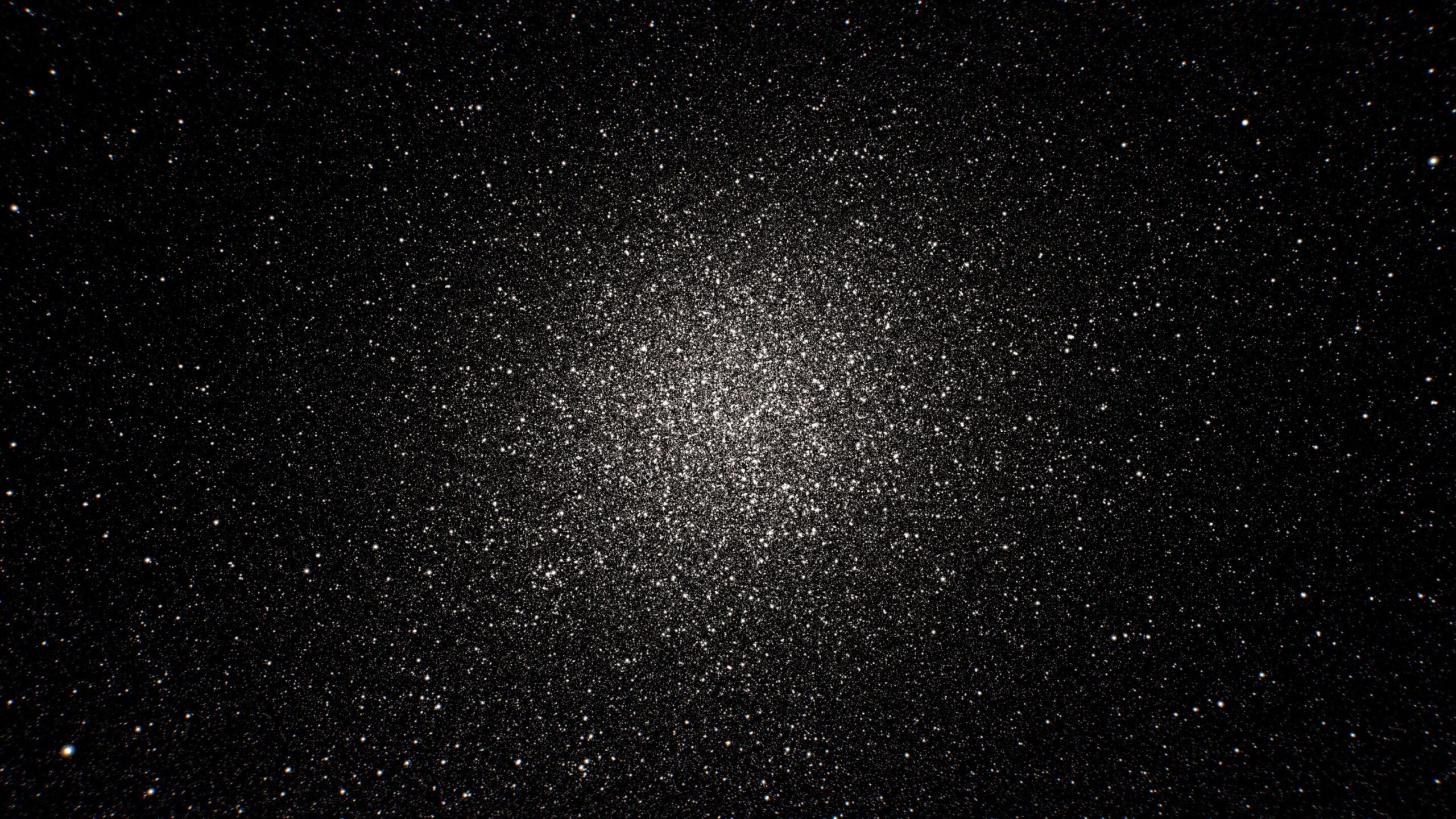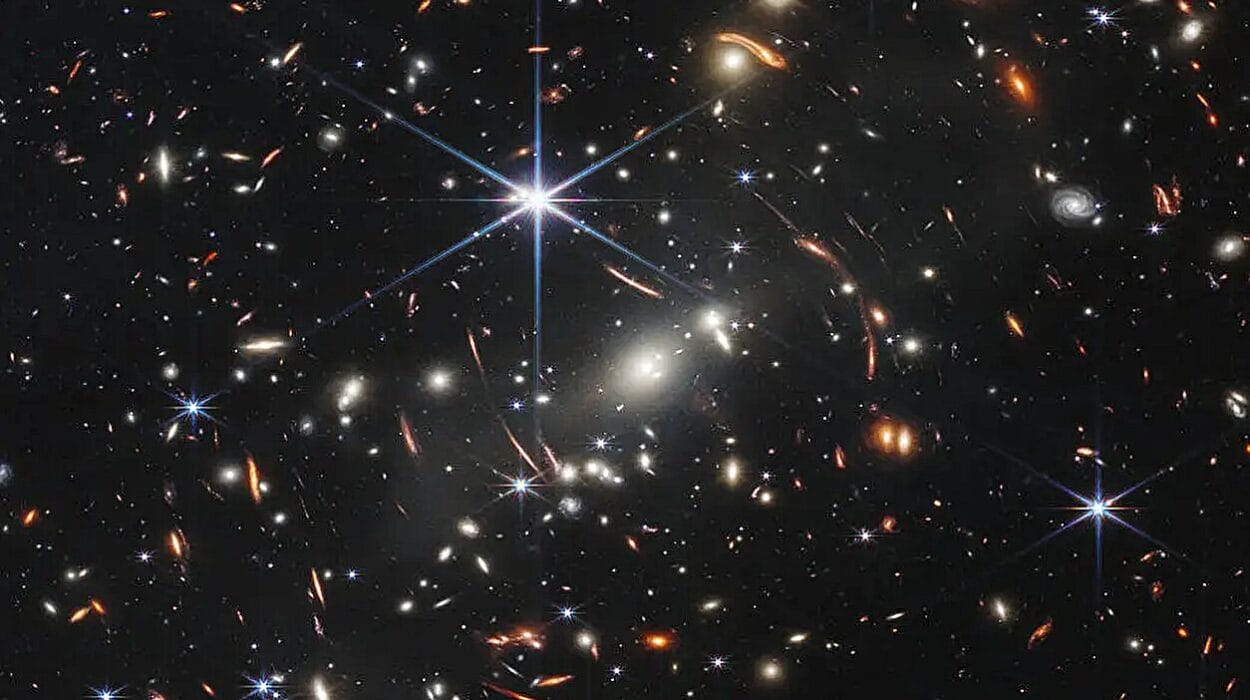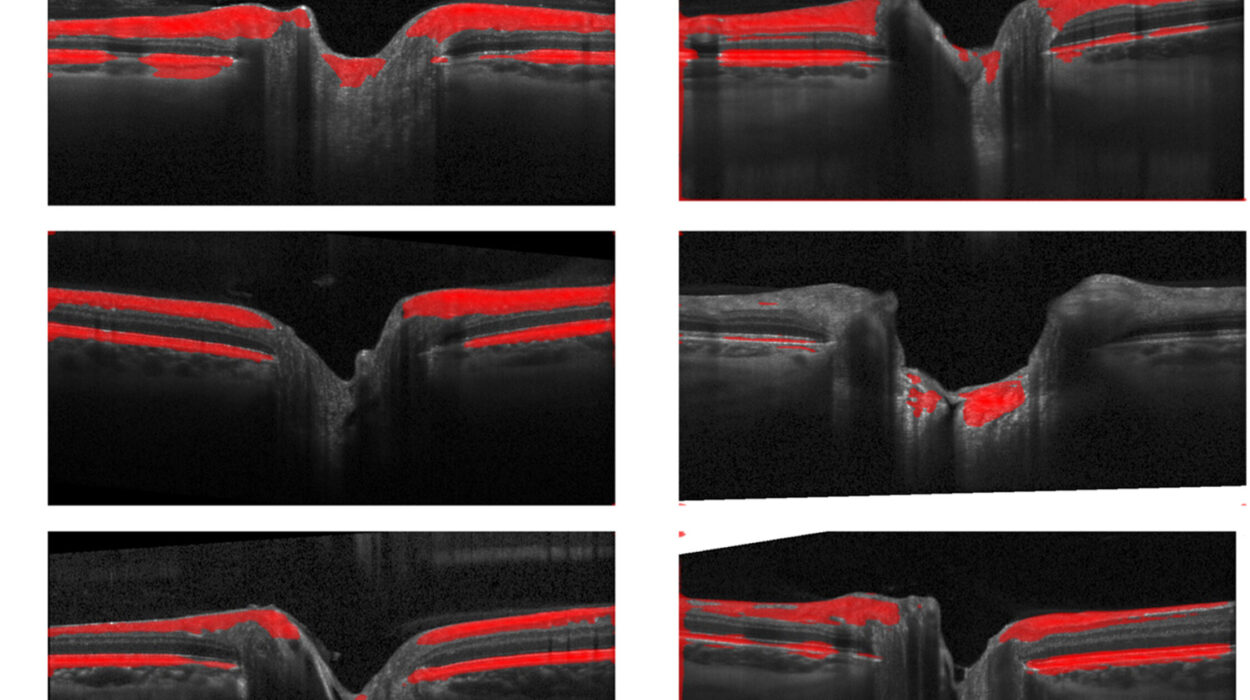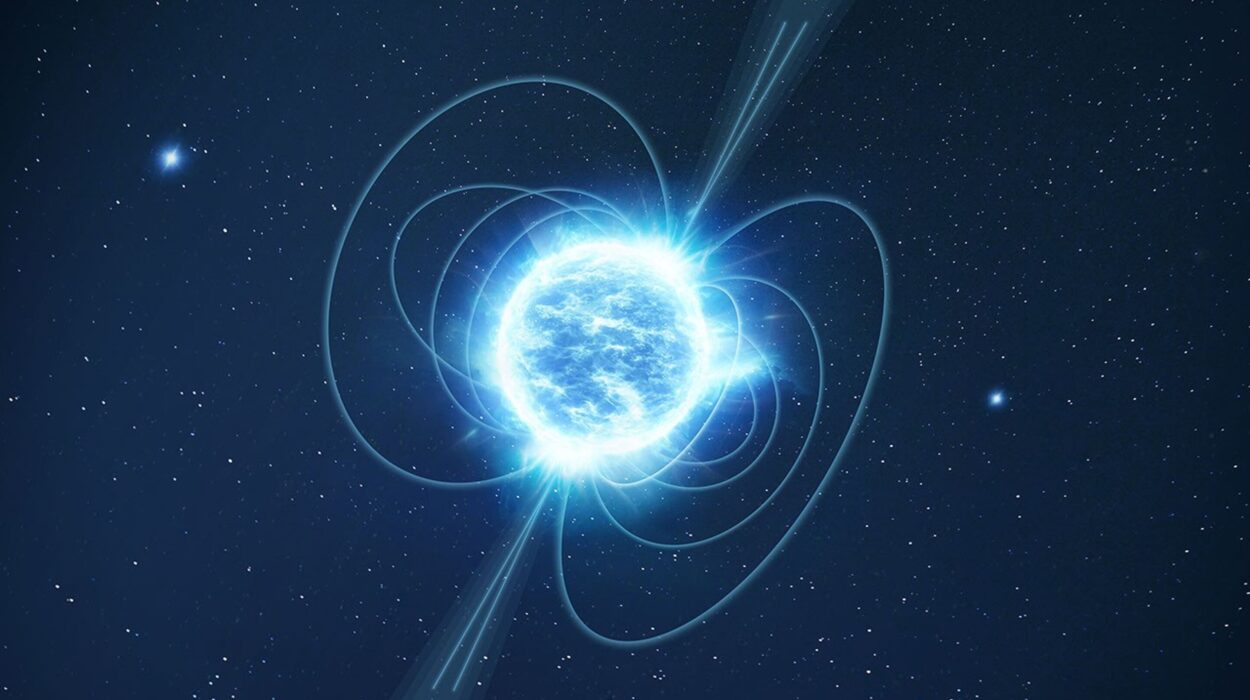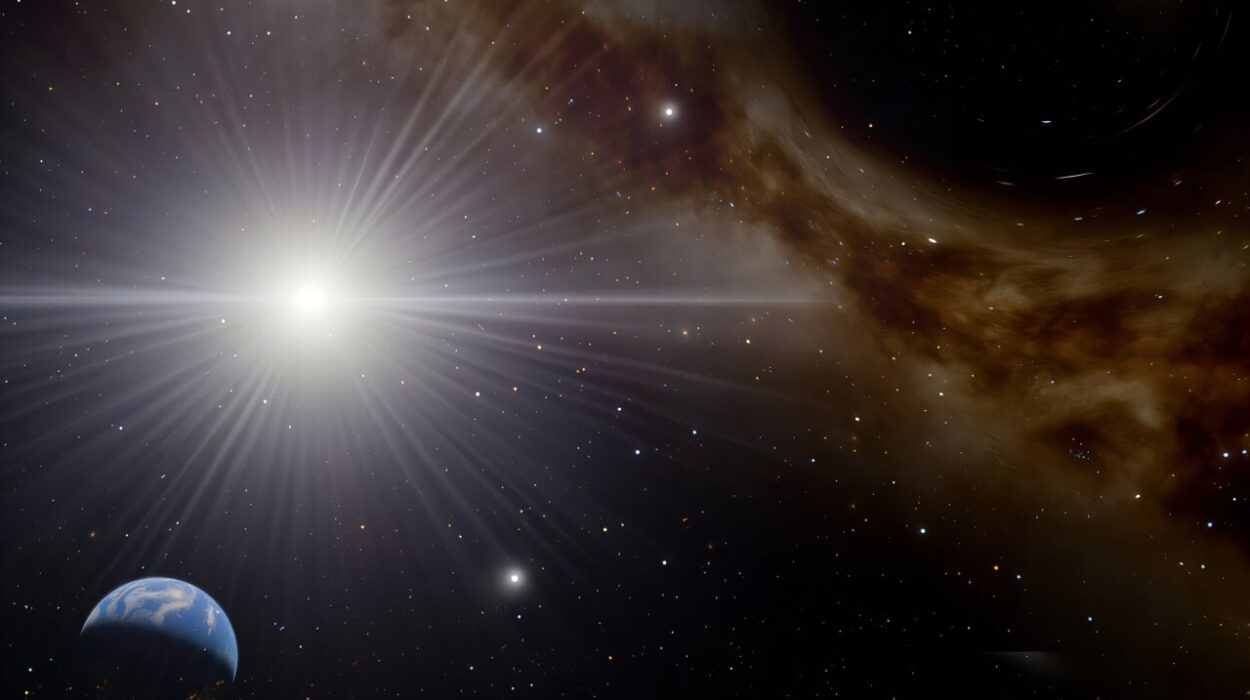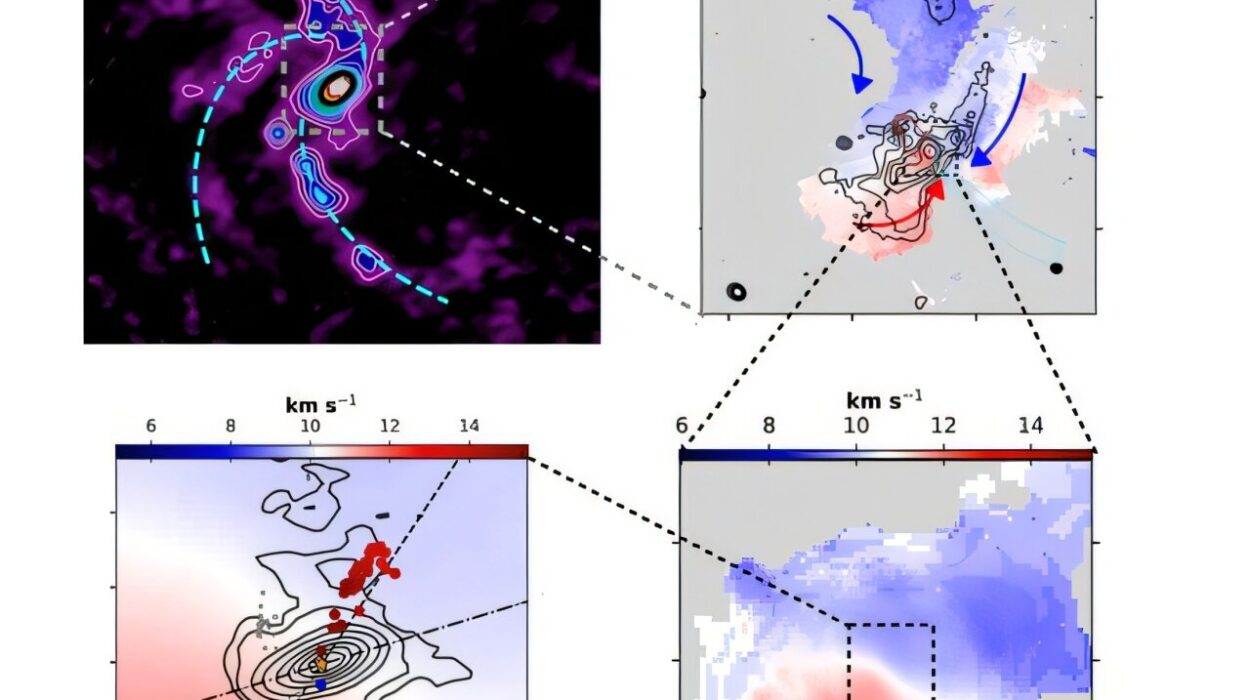In the vastness of space, where billions of stars twinkle like scattered diamonds across the cosmic canvas, one spacecraft has reshaped our understanding of the galaxy we call home. The European Space Agency’s Gaia telescope, launched in 2013, embarked on a mission that no other had attempted: to map the Milky Way with unparalleled precision, tracing the positions, motions, and properties of over a billion stars. For more than a decade, Gaia has peered into the heavens, transforming the way we see our stellar neighbors and revealing connections and structures that had remained invisible until now.
From the very start, Gaia’s mission promised to illuminate the life stories of stars. By measuring their locations and movements with extraordinary accuracy, it has allowed astronomers to trace their origins, their journeys, and even their eventual fates. Gaia’s mission is not just about points of light in the sky; it is about understanding the living, breathing galaxy in which we reside.
The Science Behind the Telescope
Gaia’s work relies on two key capabilities: astrometry and photometry. Astrometry measures the precise positions and motions of stars across the sky, while photometry measures the brightness and color of starlight. These twin pillars of observation allow scientists to reconstruct a star’s distance, age, and physical properties. Combined with spectroscopy—the analysis of starlight to reveal chemical composition—Gaia provides a multidimensional view of the Milky Way, capturing both its current state and the echoes of its past.
The telescope’s observations are so precise that they can detect tiny stellar quakes, subtle expansions and contractions, and even stars escaping from their birth clusters. Gaia has turned the Milky Way into a vast laboratory, where astronomers can study the formation, evolution, and ultimate destiny of stars in unprecedented detail.
Mapping Star Clusters: The Cosmic Families
A central focus of Gaia’s mission has been star clusters—the family homes of stars. These clusters, whether sprawling globular clusters or smaller open clusters, hold the secrets of the galaxy’s history. Open clusters, typically containing hundreds or thousands of stars, lie near the galactic disk, while globular clusters, often millions of stars strong, inhabit the galaxy’s outer reaches or central regions. Stars are born together, forming tightly knit families, but over millions of years, they drift apart, dispersing into the wider stellar population. Understanding these clusters is crucial to reconstructing the Milky Way’s evolution.
Gaia’s unprecedented precision has enabled astronomers to distinguish genuine clusters from chance alignments of stars, identify previously unknown clusters, and even detect stars that have wandered from their birthplaces. By monitoring how stars move together, Gaia has revealed the hidden architecture of these stellar families and shown that clusters are far more interconnected and dynamic than previously imagined.
A Galactic Census
The scale of Gaia’s work is staggering. Trillions of observations of billions of stars have produced data catalogs filled with precise information about stellar motions, ages, compositions, and locations. Even with only a fraction of this data released, the telescope has already redefined our understanding of the Milky Way.
Gaia has performed a cosmic census, cataloging clusters across the galaxy, defining their characteristics, and removing interlopers—stars that appear to belong but do not. “Thanks to Gaia, we can find and remove rogue stars that don’t actually belong to a cluster, making all of our science far more accurate,” explains Antonella Vallenari of Padova Astronomical Observatory. Beyond improving precision, Gaia has discovered new clusters, ranging from tiny groups of co-moving stars to large, populous assemblies, expanding our view of stellar organization in the galaxy.
Artificial intelligence has further enhanced Gaia’s power. By applying machine learning algorithms to its massive datasets, astronomers have identified subtle stellar groupings and previously hidden substructures, allowing us to see patterns that were impossible to detect with traditional methods. Gaia has even revealed unusual families of stars moving in unpredictable ways, challenging our expectations of how star clusters behave.
Charting the Solar Neighborhood
Gaia’s revelations extend closer to home, into the region around our sun. By mapping stars in three dimensions and tracking their velocities in six dimensions, Gaia has created a detailed portrait of the solar neighborhood. Young stellar objects, star associations, and diffuse clouds of gas are no longer hidden in projection; their positions, motions, and structures are now clear.
Through Gaia’s data, astronomers have reconstructed the intricate birthplaces of stars, such as the Orion OB1 and Scorpius–Centaurus associations. These regions, once thought to be simple clusters, are now recognized as complex networks of stellar chains, linked by common origins and star formation histories. Gaia has illuminated the process of stellar feedback—the way stars influence the clouds from which they form—revealing how energy and mass flow through space, regulating future generations of star formation.
Unraveling the Milky Way’s Spirals
Beyond individual clusters, Gaia has reshaped our understanding of the Milky Way’s larger structure. Its data have redefined the Gould Belt, once thought to be a ring of nearby stars, as an optical illusion. Instead, the stars are aligned along massive structures like the Radcliffe Wave, a vast undulating string of gas connecting regions such as Orion, Perseus, and Taurus. These discoveries demonstrate that star-forming regions, clusters, and associations are not isolated—they are interconnected across vast scales.
Gaia has also revealed that the distribution and motion of clusters vary across spiral arms, suggesting that these colossal structures are transient, constantly reshaping themselves. Large-scale galactic dynamics influence cluster formation, evolution, and dissolution, highlighting the interplay between stars and the gravitational forces that sculpt our galaxy. Streams, filaments, and chain-like arrangements of stars are more common than previously thought, offering clues to the ongoing evolution of the Milky Way.
The Tale of Tidal Tails
One of Gaia’s most striking discoveries is the prevalence of tidal tails. As clusters traverse the galaxy, gravitational interactions with molecular clouds, dark matter, and the galactic bar stretch them apart, creating elongated streams of stars. These tails are not merely relics of the past; they are dynamic tracers that reveal the life histories of clusters.
Observations of the Hyades and Coma Berenices clusters have shown tidal tails spanning thousands of light-years. Gaia’s precise astrometry confirms that stars in these tails truly escaped from their parent clusters, allowing astronomers to trace their journeys through space. Such findings underscore that clusters are not static but evolve over time, gradually dispersing their members into the broader galaxy.
A New Era of Stellar Science
The revolution sparked by Gaia is far from over. Upcoming missions like ESA’s Plato, as well as ground-based surveys such as 4MOST and WEAVE, will complement Gaia’s findings, offering deeper insights into exoplanets, tidal tails, and the properties of stars across the galaxy. Gaia’s first three years of data alone have already transformed Milky Way astronomy, redefining star formation, cluster evolution, and the dynamic structure of our cosmic neighborhood.
Johannes Sahlmann, ESA’s Gaia Project Scientist, emphasizes the mission’s transformative impact: “It’s no exaggeration to say that the mission has brought about a revolution in Milky Way astronomy, especially when it comes to star clusters. The cosmos is marbled with vast threads and strings that link cluster to cluster and tie stars together in ways we didn’t expect.”
The Legacy of Gaia
Though Gaia has now entered its quiet retirement orbit around the sun, its mission is far from complete. The vast majority of its observations remain unreleased, with major data releases planned through the end of the decade. Each new release promises to uncover more of the galaxy’s hidden structures, refine our knowledge of stellar motions, and illuminate the Milky Way in ways we can scarcely imagine today.
Gaia has proven that the galaxy is a living, evolving system, a web of connections and histories woven over billions of years. Its legacy will endure for decades, guiding future astronomers as they continue to unravel the complex tapestry of our skies. Even in retirement, Gaia’s influence continues, a quiet sentinel whose gaze has forever changed how we see the stars.
Conclusion: A Stellar Revolution
In less than two decades, Gaia has achieved what centuries of Earth-based observations could not. It has transformed the way we understand star clusters, stellar motions, and the very architecture of our galaxy. From mapping nearby stellar nurseries to tracing tidal tails stretching across thousands of light-years, Gaia has redefined the Milky Way as an interconnected, dynamic, and ever-changing system.
The telescope may have closed its eyes, but its vision continues to expand our cosmic horizon. Gaia has not only cataloged stars; it has told the story of their lives, their movements, and their enduring bonds. As we look up at the night sky, we now see not isolated points of light, but a vast, intricate web of stellar families, forever linked by the gravitational and historical threads Gaia has so meticulously unveiled.
